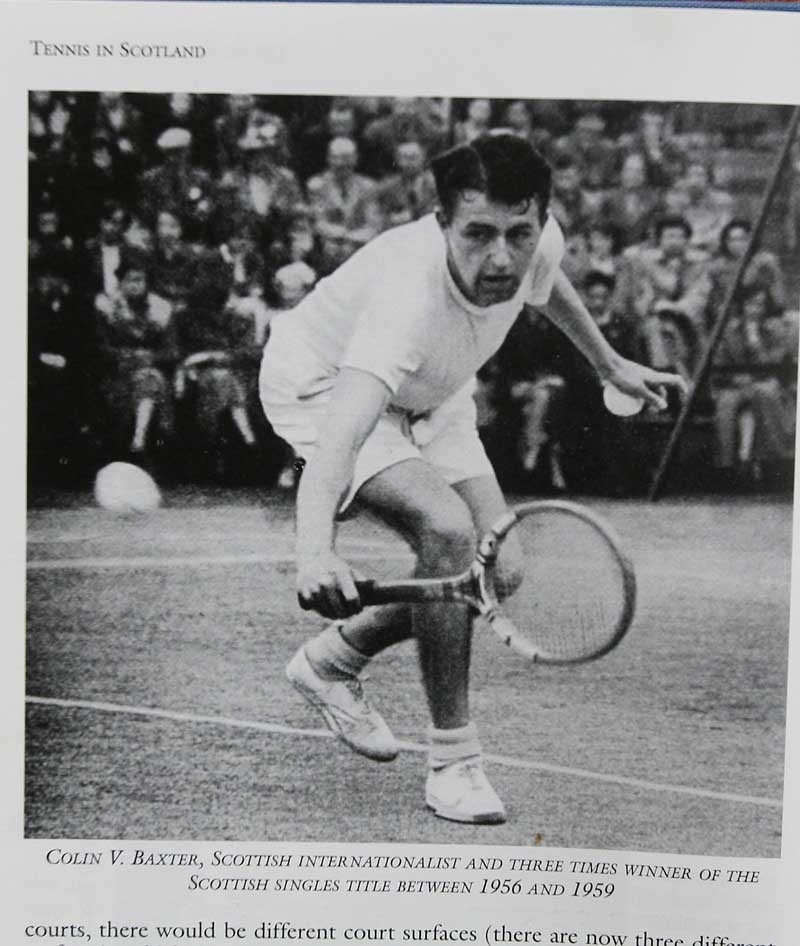Watching Wimbledon from his easy chair in Montrose and casting a critical eye over performances is a man who was Scotland’s hope long before Andy Murray came on the scene.
It is five years since Murray made the headlines by progressing through the early rounds at Wimbledon and statistics tumbled out as fast as a Taylor Dent serve.
He was the first Scottish male since the man in the easy chair Colin Baxter in 1959 won a singles match and made any progress in the singles competition.
Mr Baxter (79) competed at Wimbledon as a junior between 1946 and 1948 and at senior level between 1953 and 1963.
During the latter period, he won his first singles match and until Andy Murray’s appearance in 2005 held the honour of being his country’s most successful player at the tournament.
The former Scottish number one began his playing career in 1942, as an 11-year-old at Titwood Tennis Club in Glasgow, and is still recognised as its most successful player.
His long series of success in international championship tennis brought great distinction to himself and the club.
He won a record number of international caps and amongst his many achievements are the Scottish singles title won on the three occasions, and the doubles which he won four times. He was a prominent member of the Titwood team in 1965 which won the Scottish Cup and the men’s league first division.
His greatest Wimbledon success was in the junior championships in 1948 when he won the boys’ and mixed doubles competitions and was runner-up in the boys’ singles.
“I worked during the day and played in the evenings and weekends,” recalled Mr Baxter.
“I was lucky that the job I had, making tennis courts, bowling green and sports grounds, was conducive to being in tennis tournaments and having a reasonable amount of time to play.
“I was very much an amateur and paid all my expenses, even at Wimbledon.
“In those days we had what were called shamateurs very good players from all over the world who were able to play full-time.
“Professional tennis started in 1962 and that was just too late for me.”
The glory of playing at the All England Club remains but the rewards have changed.
“Back then there was nominal prize money,” said Mr Baxter.
“I understand that a first-round losing player in the men’s singles gets £10,000 and it’s £1 million for the winner.”
Mr Baxter maintains a keen interest in the game.
He is an honorary member of Montrose Tennis Club and honorary president at Titwood, but golf is his sport now, whether it is on the Montrose Links or Edzell course.
